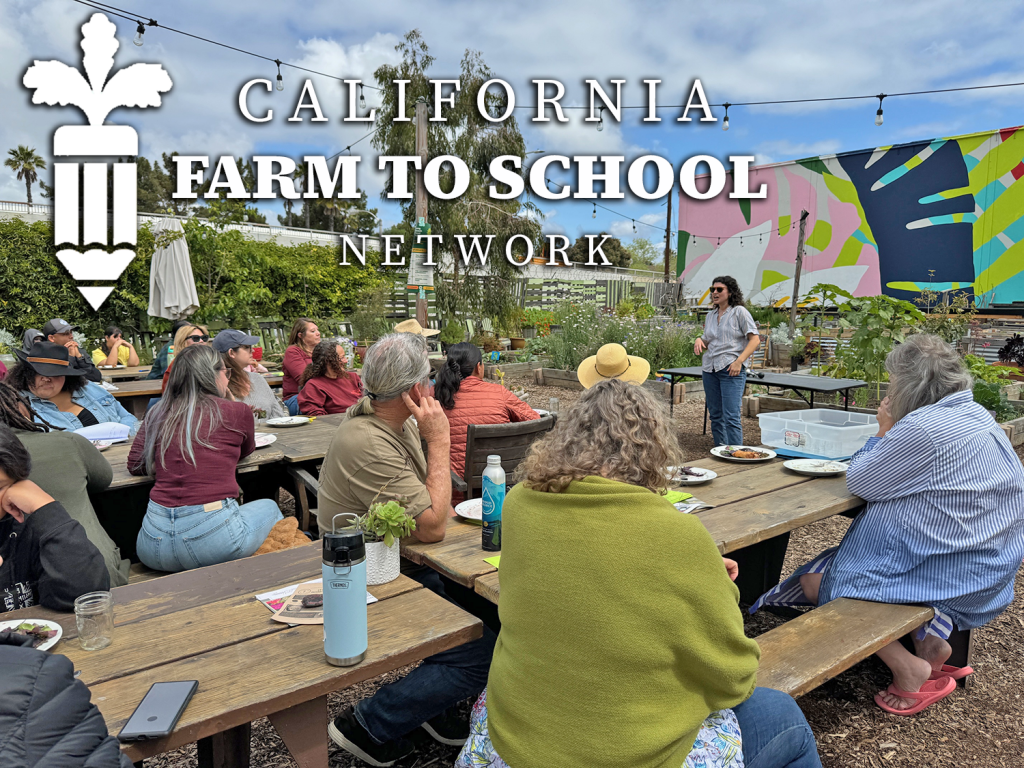By CDFA Secretary Karen Ross
It is always an honor to represent California and the incredible agricultural products we grow and ship across the nation and around the world.
Last week I was part of the USDA – India Agribusiness Trade Mission to New Delhi, and what an eye-opening experience it was! We learned about the great history, culture, people, foods, and opportunities for new and ongoing relationships in this amazing country!
It was such a pleasure to spend a little bit of time with U.S. Ambassador (and former L.A. Mayor) Eric Garcetti, who won the delegation over with his knowledge, passion and articulate statements of why U.S. business needs to show up and build relationships. He stressed the country’s rich culture; its incredible diversity; the warmth and kindness of its people; and its aspirations. He talked about building a bridge with India and that ag is a key part of doing that, starting with the launch of The Green Revolution after World War II and the leadership of Norman Borlaug, the U.S. plant breeder who focused on improving yields to reduce global hunger.
It is difficult to grasp the numbers that represent this vibrant, rapidly growing economy of 1.4 billion people – the world’s largest population (according to the UN); the world’s 5th largest economy (when ranked by country); and the largest youth demographic, with 630 million people under the age of 25!
India has made incredible investment in its infrastructure in the last decade and has a fast growing middle class. Sustainability, health and wellness were stressed at multiple stops during the week. In a meeting with the U.S.- India Business Council we heard the investment U.S. companies are making in research and development and technology to improve the lives of the millions of small farmers in the country (50-60% of the population is in farming). There are huge opportunities to build alliances on climate smart agriculture and alternatives for pest management, improved irrigation and nutrient management.
As always, the in-country USDA Foreign Agricultural Service (FAS) staff, as well as terrific D.C. staff, made this a great experience! We are fortunate to have FAS in so many countries around the world working to help American farmers and agribusinesses!
There were ten other state departments of agriculture in the delegation, and I was honored to travel with a number of Californians. Here are insights from Julie Adams of the Almond Board and Honore Comfort of the Wine Institute.
Julie Adams: “India is critical for almonds – it is our largest export market. These trade missions are a terrific way for USDA and state departments of ag to learn first-hand what is happening, the challenges, and the opportunities. Market development is a long-view – this trip highlighted the commitment this industry has made to building demand in India. There is no other market where the Almond Board has activities, that we see almonds to be such an essential part of the tradition and culture. But we’ve only scratched the surface – every time I travel to India, I see more opportunities!”
Honore Comfort: “USDA’s Agricultural Trade Mission to India provided a timely opportunity to better understand the many factors driving growth in this robust yet complex market. We see a strong opportunity for California Wines in India, especially if we partner with other California growers and producers and connect with India’s dynamic food culture.”









